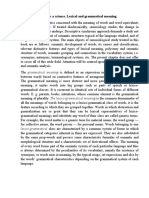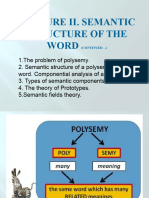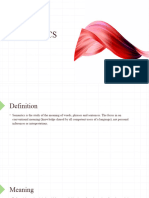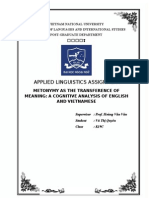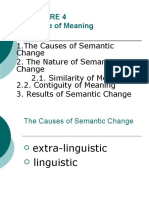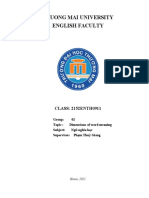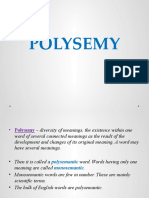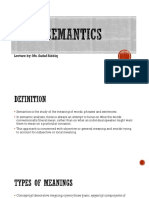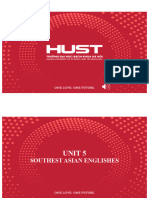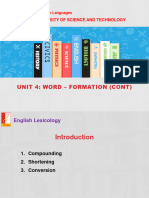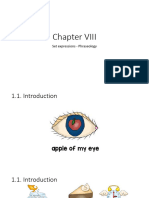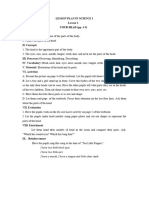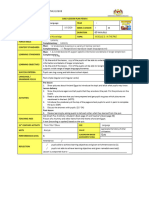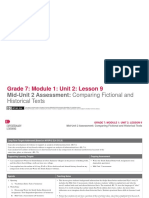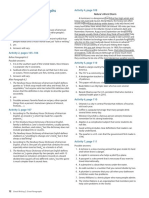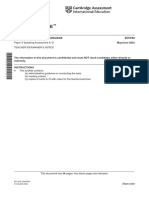0% found this document useful (0 votes)
117 views47 pagesChapter-5 Semantics
1) The document discusses the concept of meaning in linguistics and semantics. It defines meaning as the component of a word that communicates a concept, and examines how concepts are realized through words.
2) It explores the semantic structure of words, specifically the concept of polysemy where words have multiple meanings. While some see polysemy as problematic for communication, the document argues that it is advantageous and context prevents misunderstanding.
3) The document then analyzes the different types of semantic components that make up word meanings, including denotative and connotative components. It also examines how meaning depends on and changes with context.
Uploaded by
Xuan Mai ĐàmCopyright
© © All Rights Reserved
We take content rights seriously. If you suspect this is your content, claim it here.
Available Formats
Download as PDF, TXT or read online on Scribd
0% found this document useful (0 votes)
117 views47 pagesChapter-5 Semantics
1) The document discusses the concept of meaning in linguistics and semantics. It defines meaning as the component of a word that communicates a concept, and examines how concepts are realized through words.
2) It explores the semantic structure of words, specifically the concept of polysemy where words have multiple meanings. While some see polysemy as problematic for communication, the document argues that it is advantageous and context prevents misunderstanding.
3) The document then analyzes the different types of semantic components that make up word meanings, including denotative and connotative components. It also examines how meaning depends on and changes with context.
Uploaded by
Xuan Mai ĐàmCopyright
© © All Rights Reserved
We take content rights seriously. If you suspect this is your content, claim it here.
Available Formats
Download as PDF, TXT or read online on Scribd
/ 47












